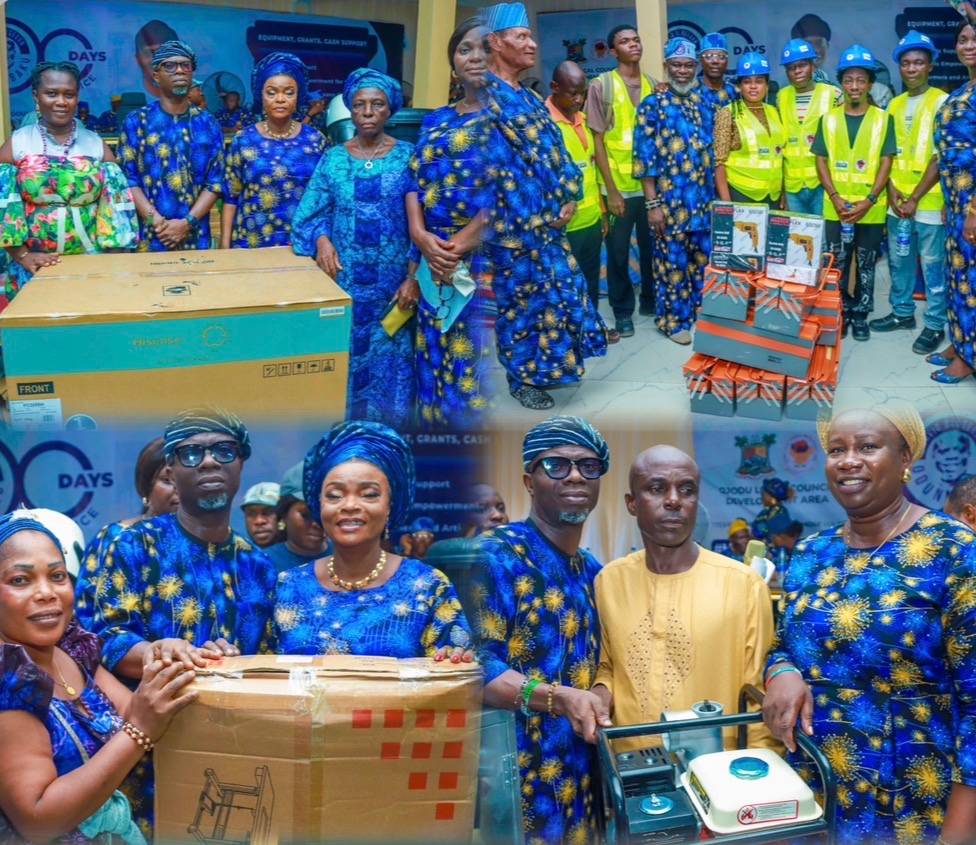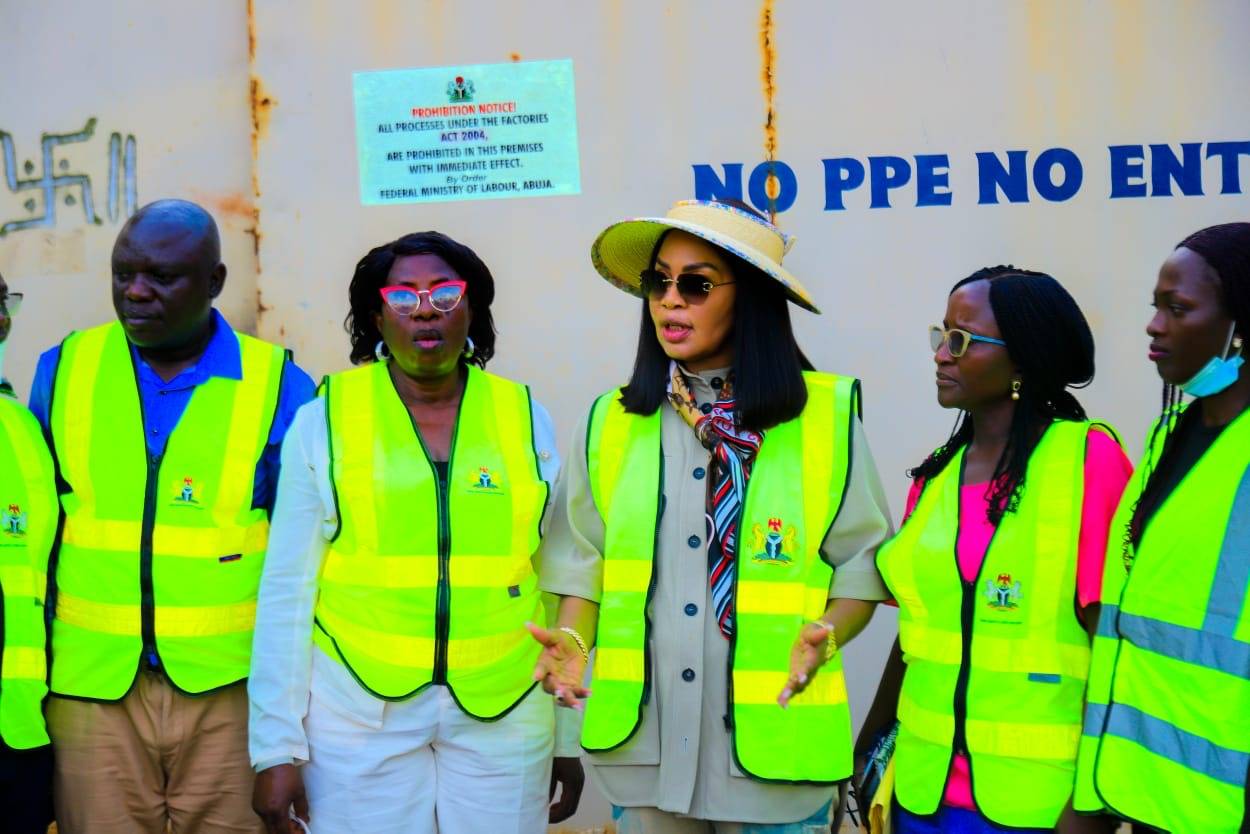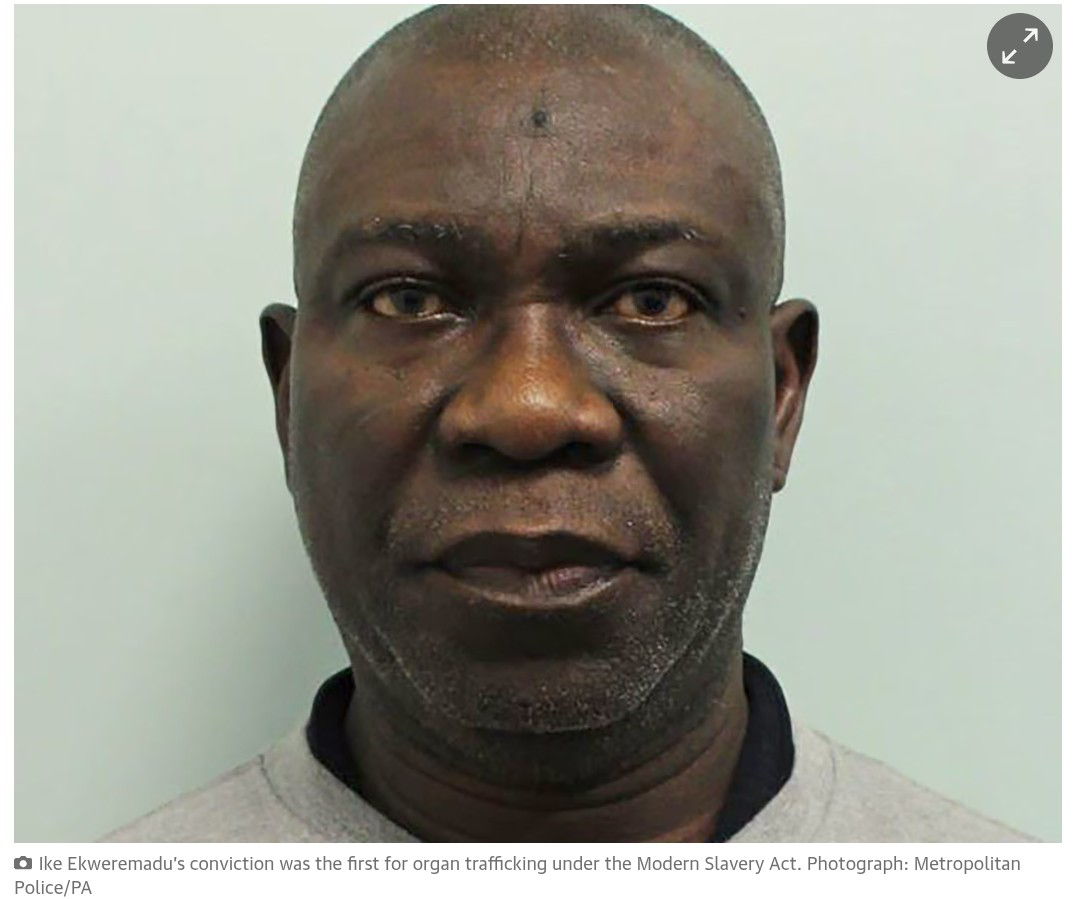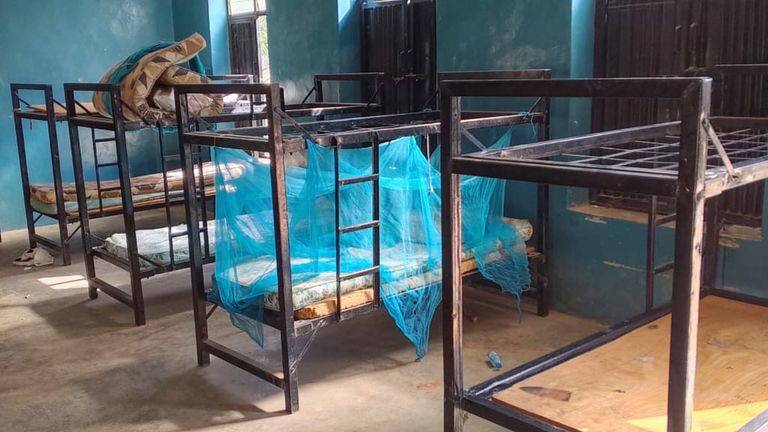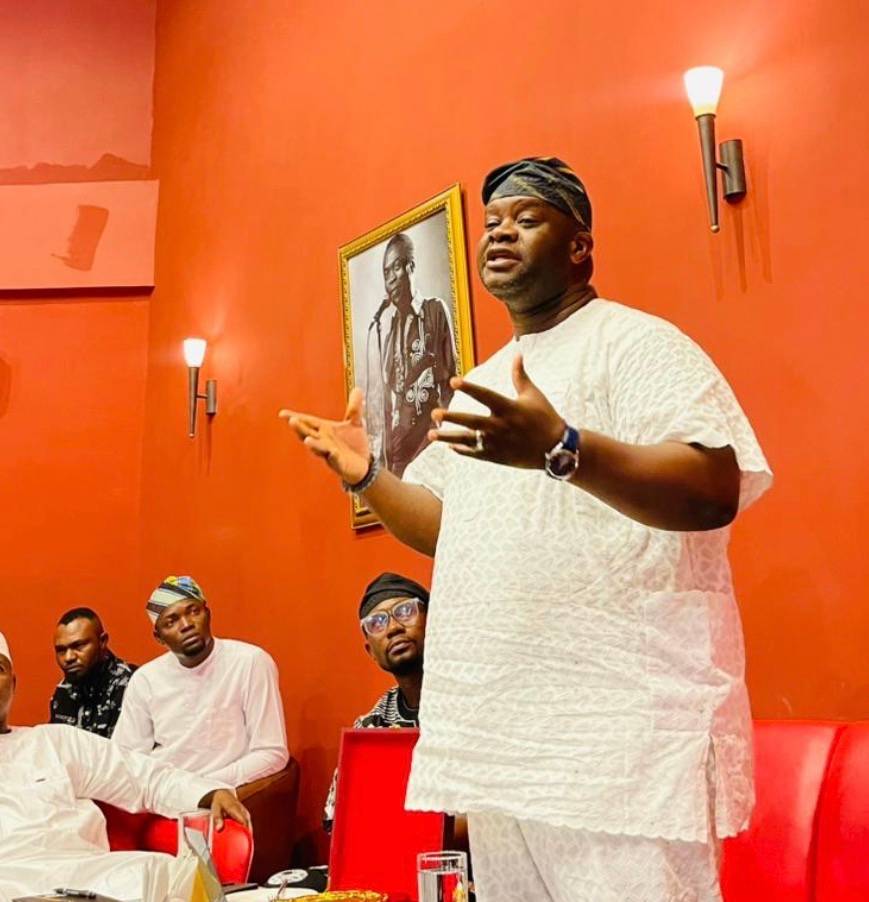According to Yoruba oral traditions, the history of Ile-Ife unfolds in three major phases:
1. Ife Oodaye (Ile Owuro) – Referred to as “the land of the earliest days”, this ancient era ended tragically due to a great flood.
2. Ife Ooyelagbo – Known as “Ife of the survivors”, this period followed the flood and saw the rise of numerous autonomous communities, each ruled by its own Oba and council of chiefs.
3. Ife Oodaye Oduduwa – The era that marked the emergence of Oduduwa and the eventual unification of these scattered communities into a centralized kingdom.
It is during the second era that a group of newcomers, believed to have come from the East and led by Oduduwa, arrived. Their attempt to assume leadership sparked a bitter and violent struggle with the original inhabitants of Ife, led by Obatala, culminating in Oduduwa’s eventual triumph and the consolidation of power.
Historians and traditional custodians identify 13 early communities that made up pre-Oduduwa Ife:
1. Ideta – Ruled by Obatala (located along Mokuro Road).
2. Parakin – Ruled by Obalufe.
3. Imojubi – Ruled by Apata (along Ife–Ondo Road).
4. Odin – Ruled by Olokore Obameri (along Ifewara Road).
5. Oke Oja – Ruled by Obajio (modern-day Modakeke).
6. Iloran – Ruled by Obaloran.
7. Oke Awo – Ruled by Owa Fegun.
8. Omologun – Ruled by Obadio (now the site of Obafemi Awolowo University, OAU).
9. Ijugbe – Ruled by Obalejugbe (present-day Modakeke).
10. Iraye – Ruled by Obalaye (also part of present-day Modakeke).
11. Iddo – Ruled by Onipetu.
12. Iloromu – Ruled by Obaluru (along Ife–Ilesa Road).
13. Iwinrin – Ruled by Obawirin (now known as Koiwo and Oronna quarters).
Additional settlements that rose slightly later include:
Ita Yemoo
Orun Oba Ado
Idio
Following Oduduwa’s military and political success, he unified these previously independent communities into one central kingdom.
Source: Yoruba Traditional & Cultural Renaissance








